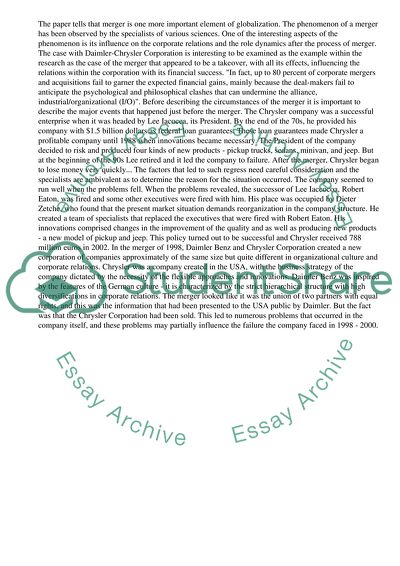Cite this document
(“Roles and Role Dynamics within the Daimler-Chrysler Corporation after Essay”, n.d.)
Roles and Role Dynamics within the Daimler-Chrysler Corporation after Essay. Retrieved from https://studentshare.org/business/1528026-roles-and-role-dynamics
Roles and Role Dynamics within the Daimler-Chrysler Corporation after Essay. Retrieved from https://studentshare.org/business/1528026-roles-and-role-dynamics
(Roles and Role Dynamics Within the Daimler-Chrysler Corporation After Essay)
Roles and Role Dynamics Within the Daimler-Chrysler Corporation After Essay. https://studentshare.org/business/1528026-roles-and-role-dynamics.
Roles and Role Dynamics Within the Daimler-Chrysler Corporation After Essay. https://studentshare.org/business/1528026-roles-and-role-dynamics.
“Roles and Role Dynamics Within the Daimler-Chrysler Corporation After Essay”, n.d. https://studentshare.org/business/1528026-roles-and-role-dynamics.


